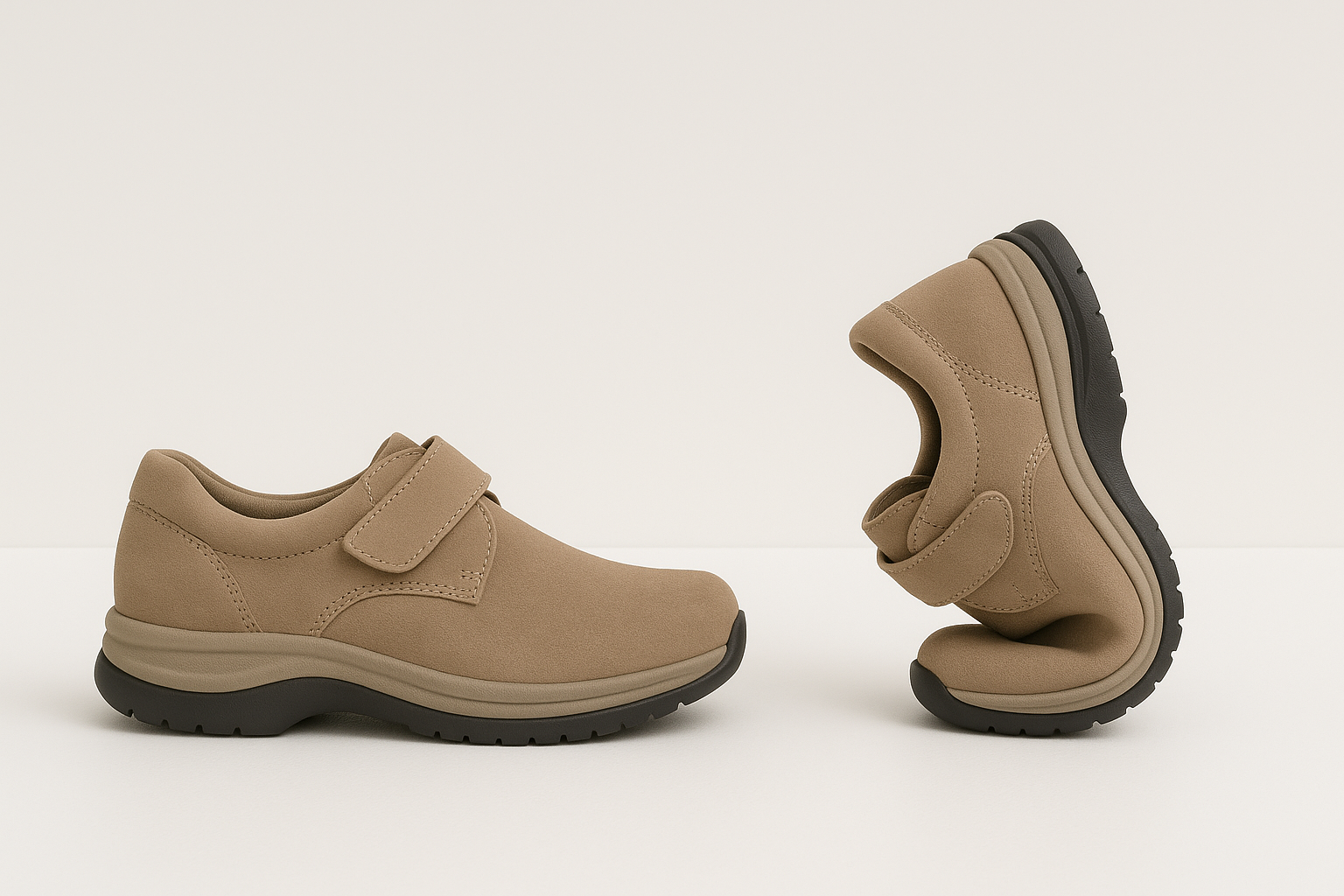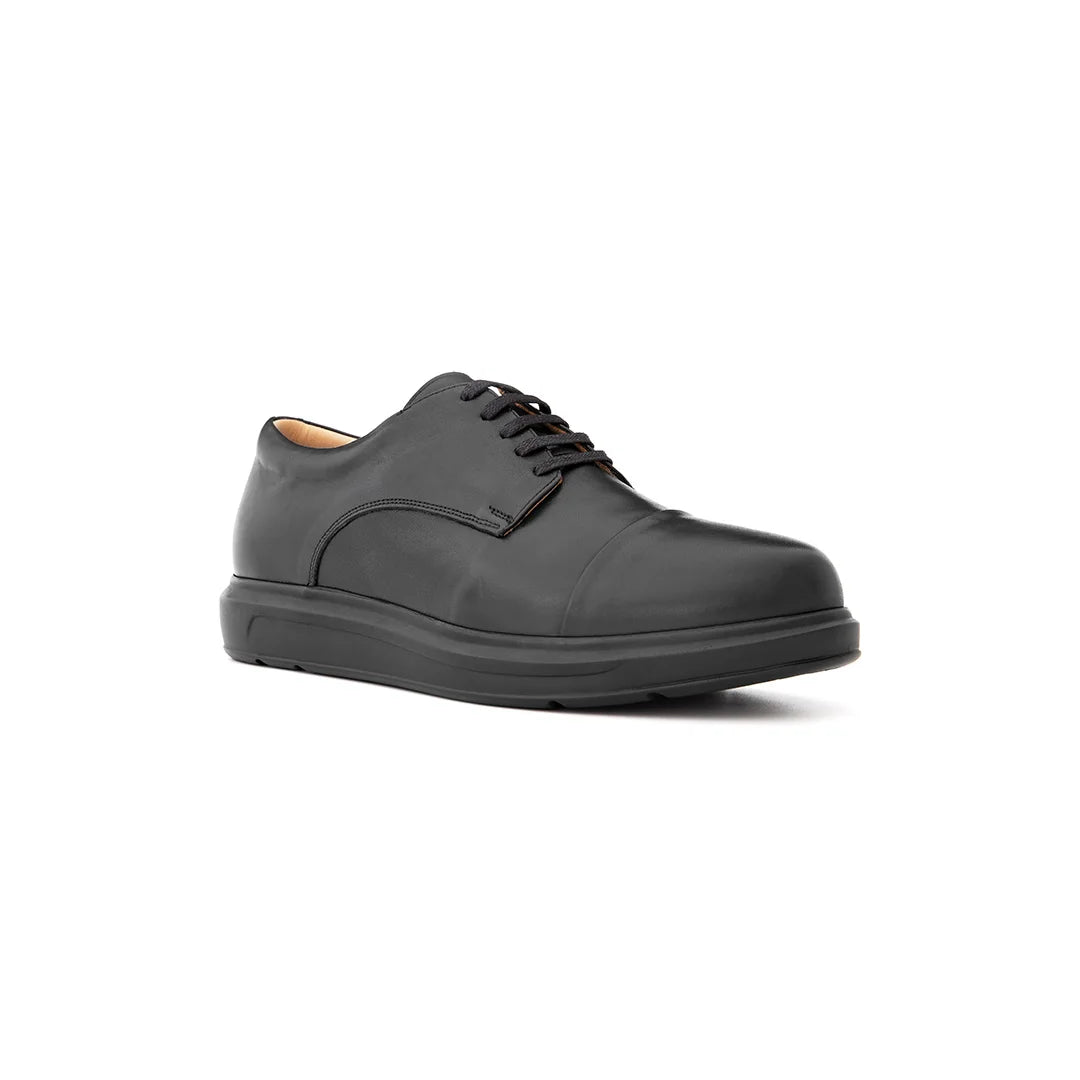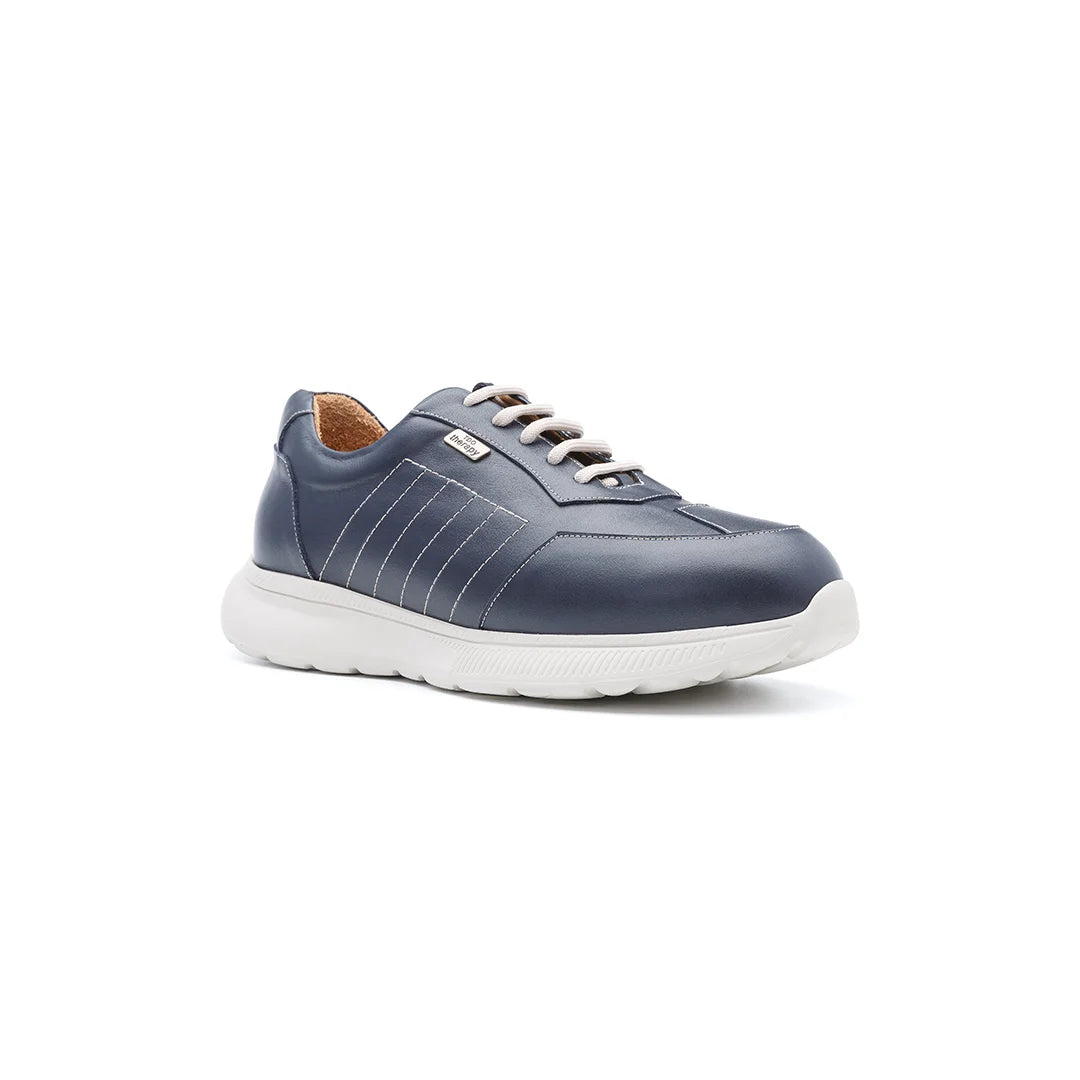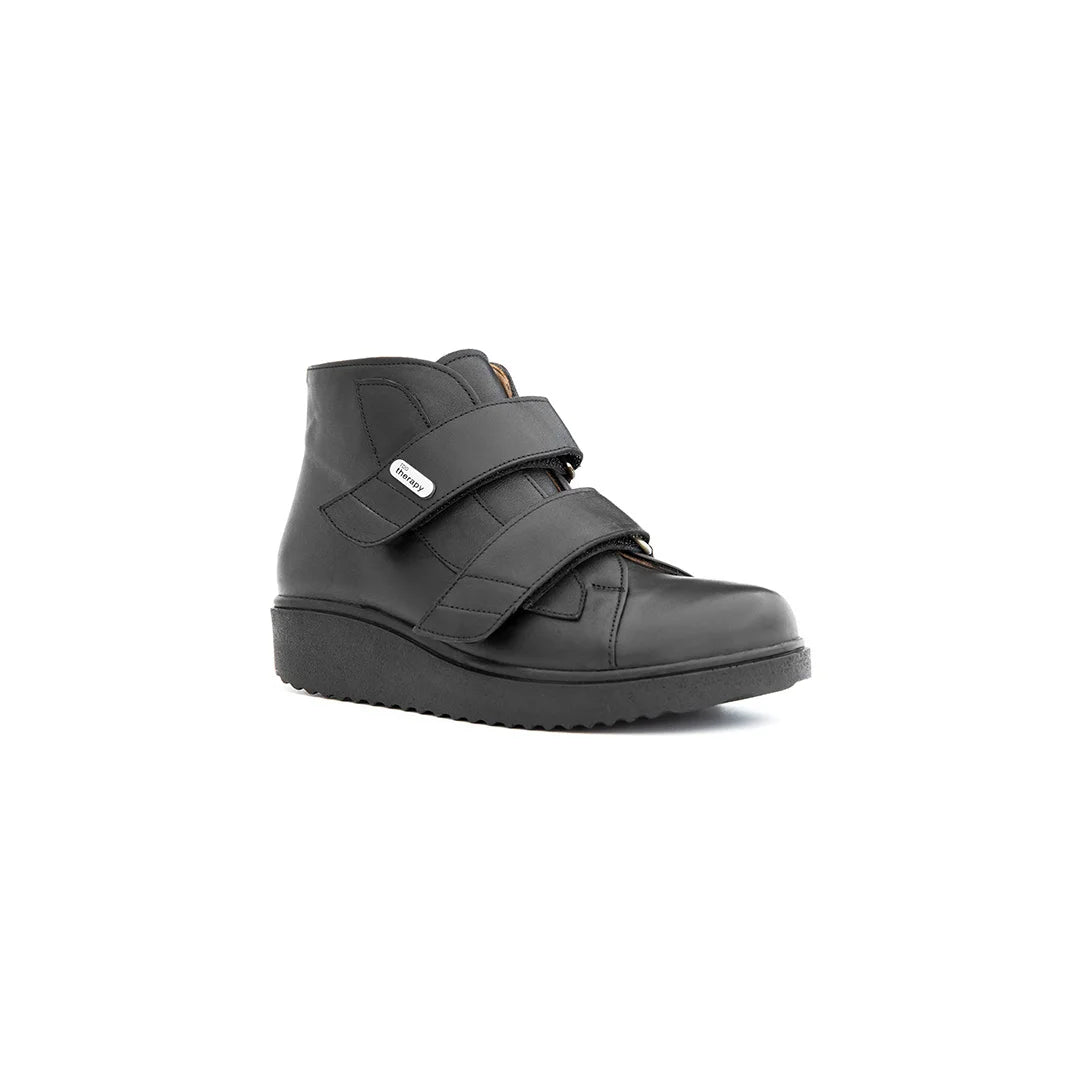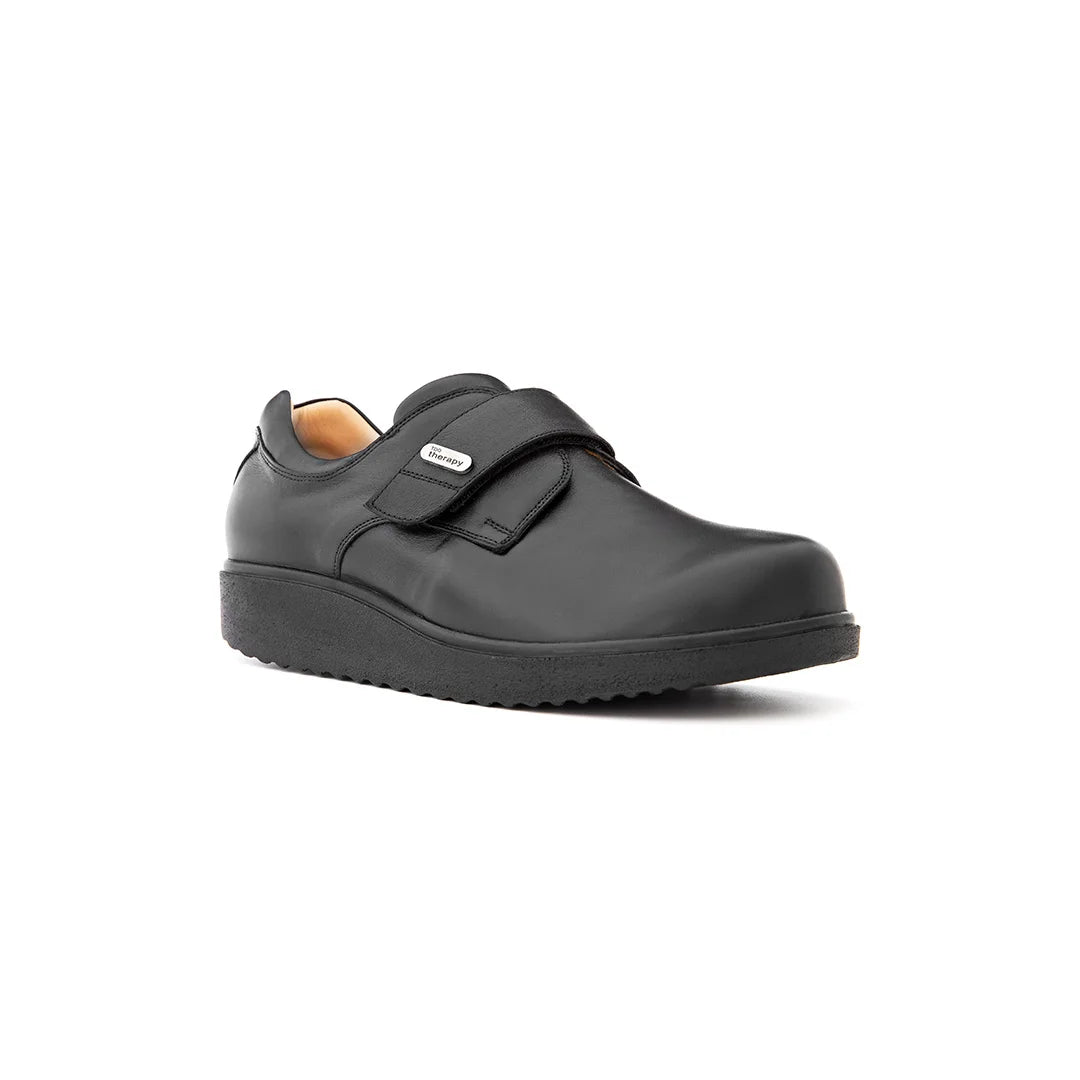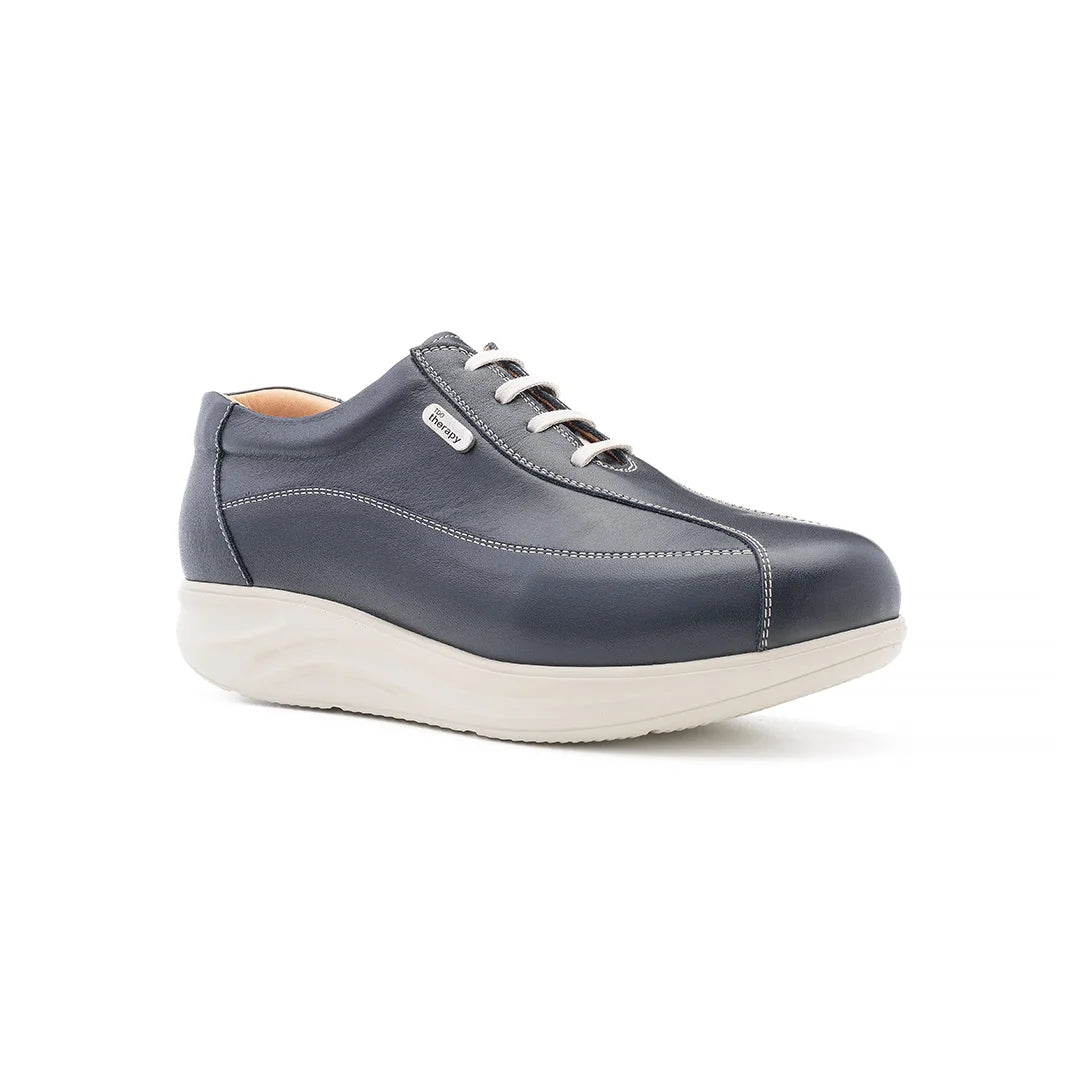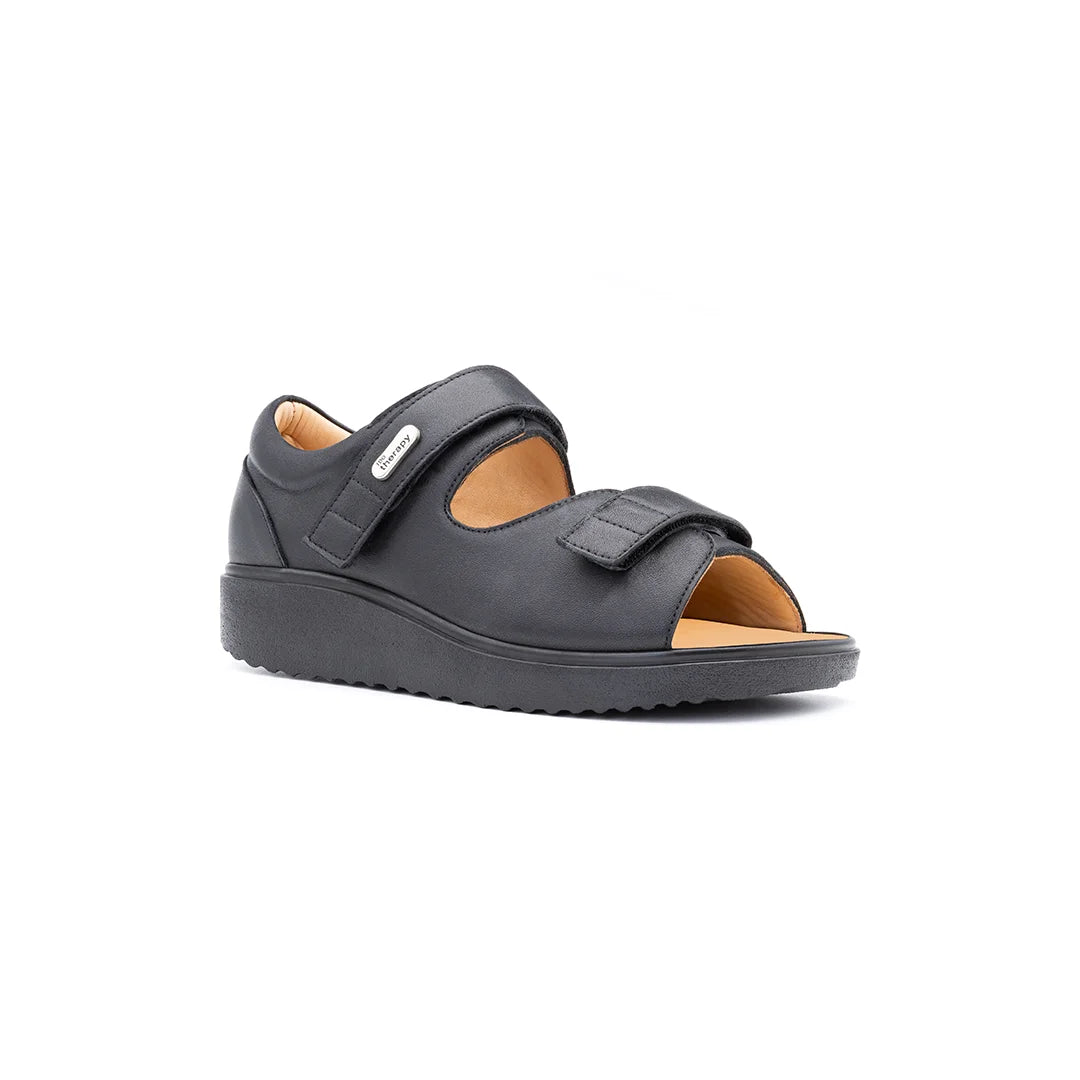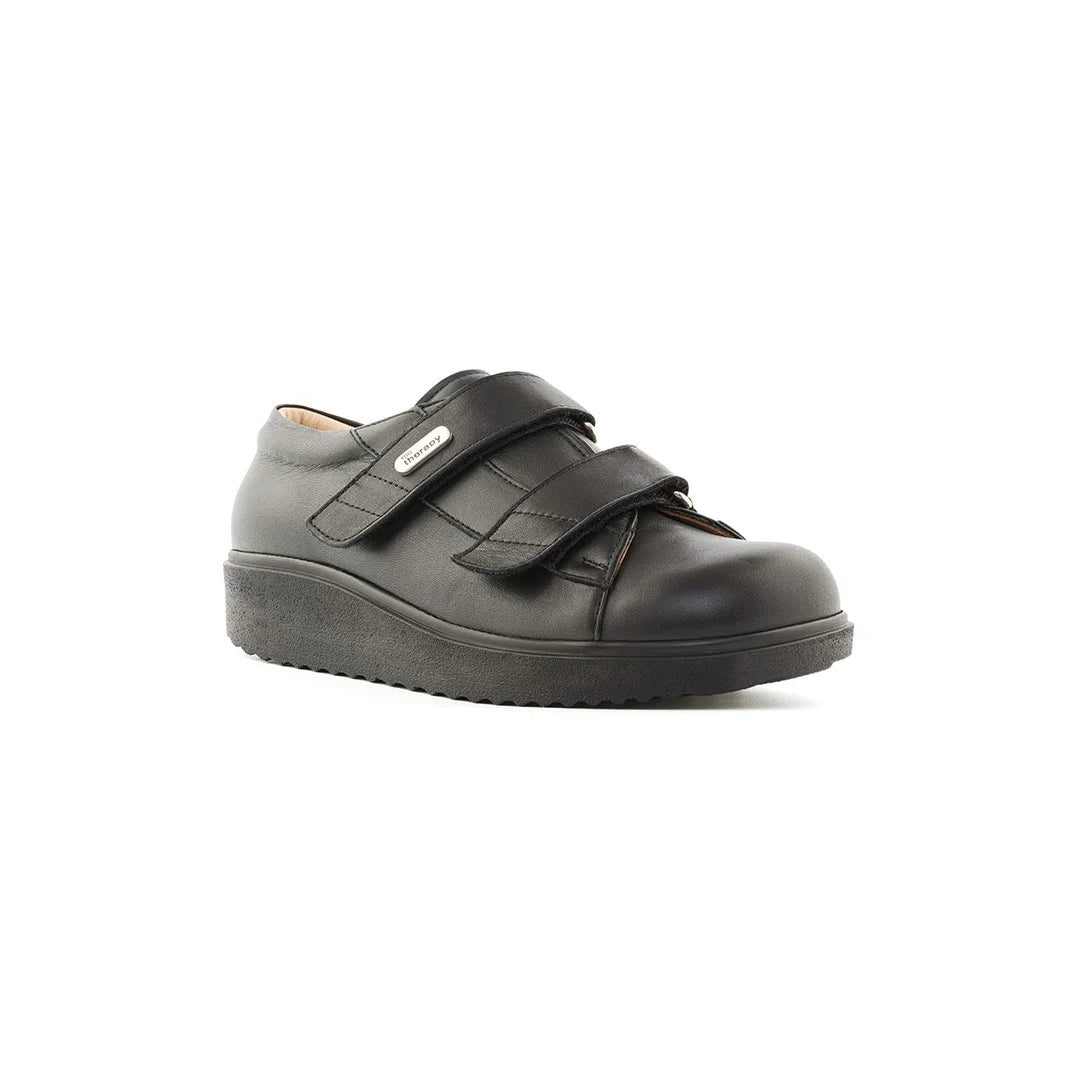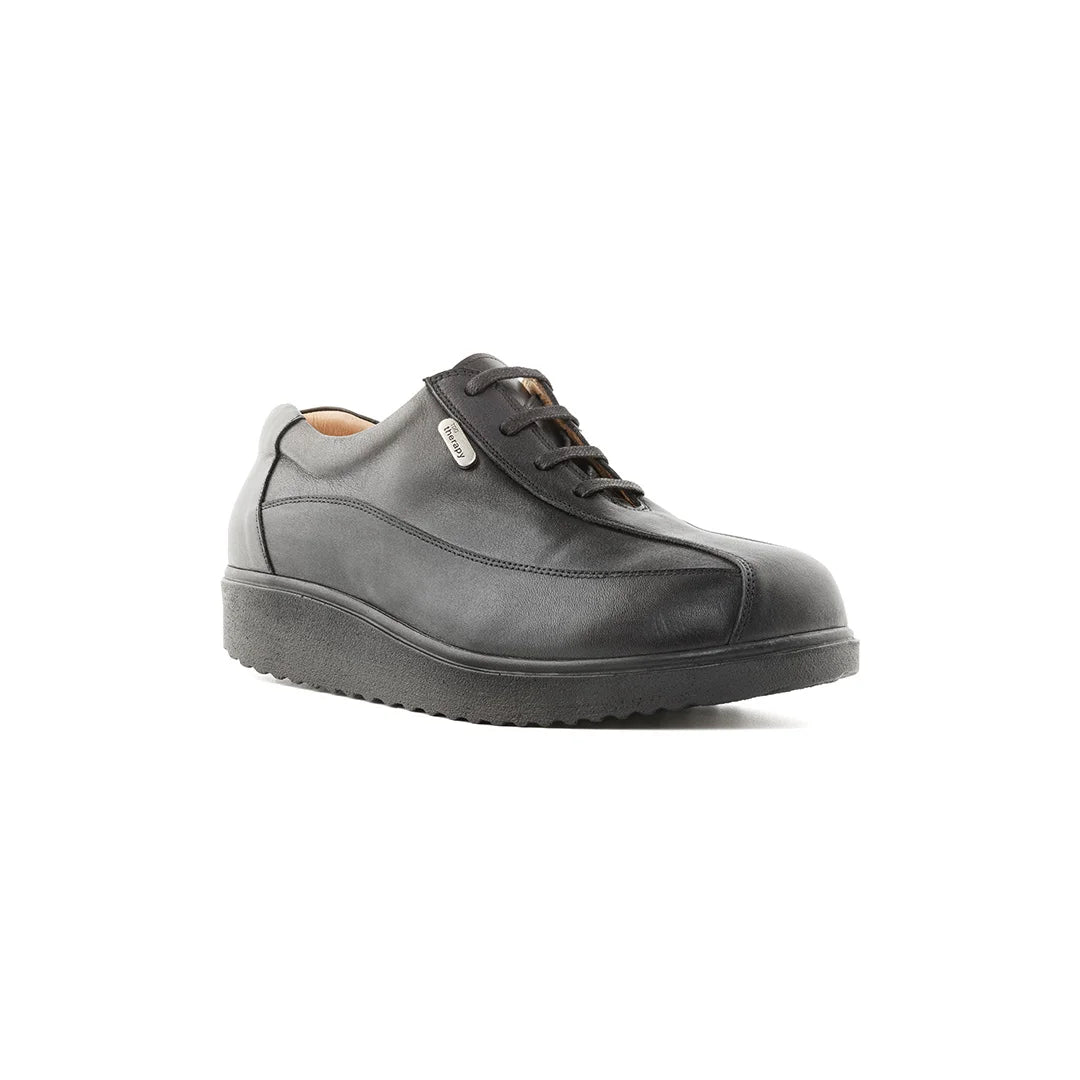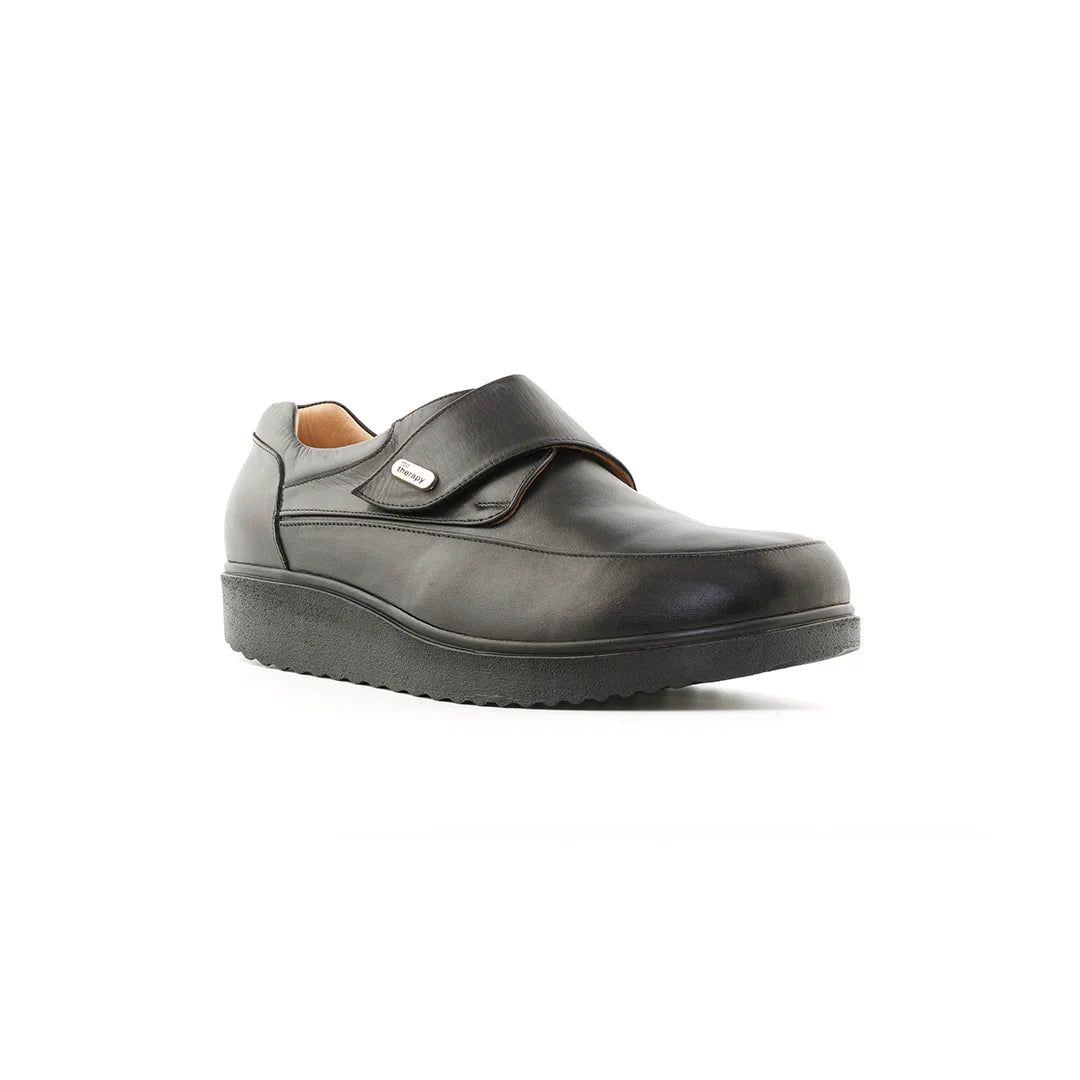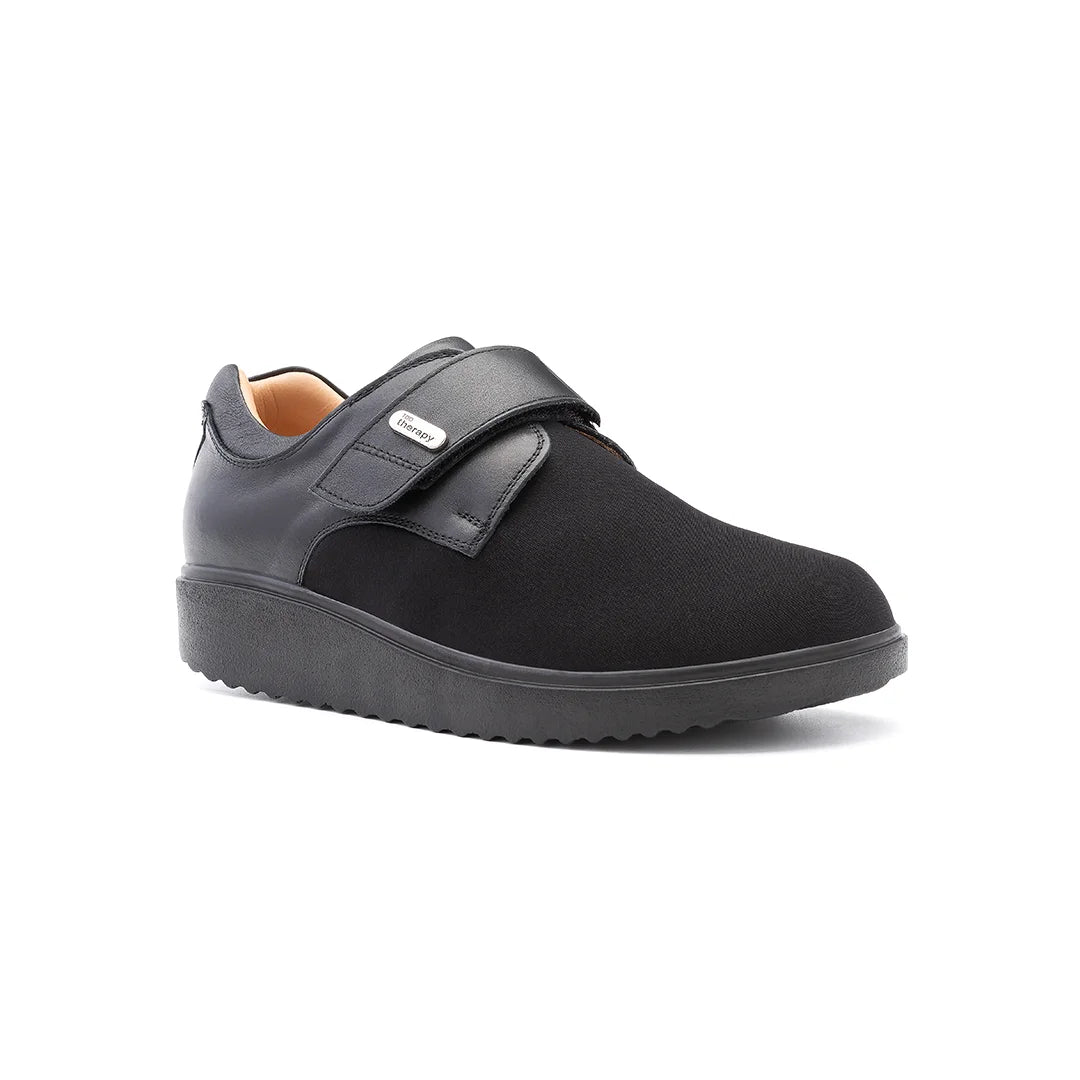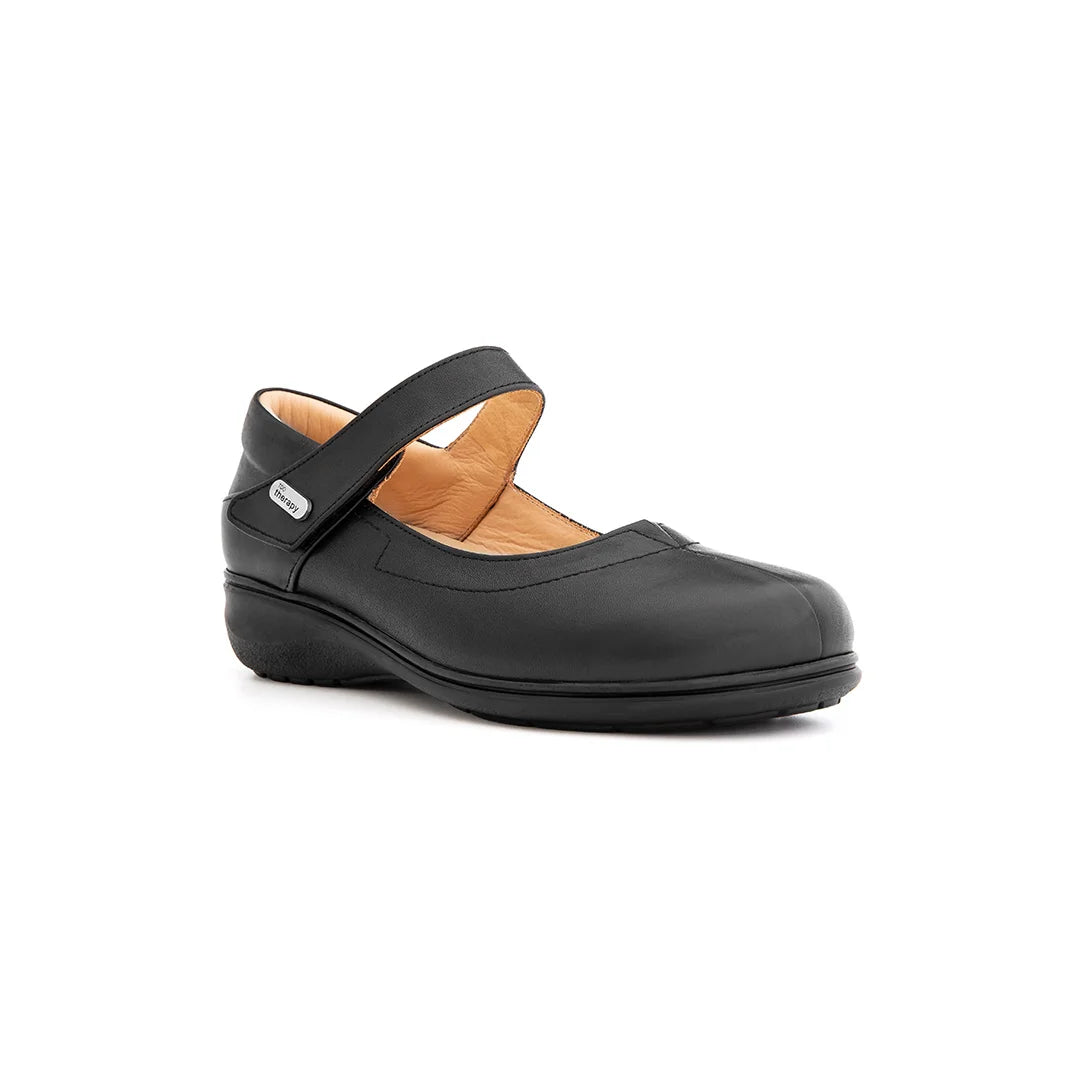When most people shop for orthopedic shoes, they often focus on cushioning, arch support, or toe box width — and rightly so. But there’s another, often overlooked factor that determines how comfortable and effective your shoes will be: sole flexibility.
The flexibility of your shoe’s outsole directly affects how your feet move, how much effort you use with each step, and how well your body maintains natural alignment. Get it wrong, and even the best materials or insoles can’t save you from discomfort or fatigue. Get it right, and you’ll feel supported, balanced, and free to move with ease.
At TDO Therapy, we carefully engineer each sole to achieve the perfect balance between flexibility and stability — creating orthopedic footwear that supports your health, comfort, and mobility all at once.
Let’s explore why sole flexibility is so important, what makes an orthopedic outsole different, and how to choose the right one for your needs.
What Is Sole Flexibility and Why Does It Matter?
The Role of the Outsole in Foot Function
The outsole is the foundation of your shoe — it’s the part that makes contact with the ground and supports the natural movement of your feet. Its flexibility determines how easily your foot bends and rolls during each step.
Too stiff, and your foot can’t move naturally. Too soft, and your body loses the support it needs for balance and posture.
Orthopedic shoes aim to find the sweet spot — enough flexibility to allow natural motion, with enough structure to provide stability and protection.
How the Foot Moves Naturally
When walking, your foot performs a precise sequence of motions:
-
Heel strike – your heel absorbs the initial impact.
-
Midstance – your foot flattens slightly to balance your weight.
-
Toe-off – your toes push off the ground to propel you forward.
A flexible sole allows this smooth transition from heel to toe — known as the gait cycle. A rigid sole interrupts this process, forcing other muscles and joints (like your ankles, knees, and hips) to overcompensate.
That’s why sole flexibility isn’t just about comfort — it’s about biomechanics.
The Science of Sole Flexibility in Orthopedic Design
Orthopedic shoe soles are designed to mimic the natural movement of your feet while minimizing stress and strain.
The Biomechanical Benefits
-
Improved joint mobility: A flexible sole allows natural bending at the forefoot, which helps maintain full ankle and toe motion.
-
Efficient energy transfer: It promotes smoother heel-to-toe movement, conserving energy with every step.
-
Reduced fatigue: Your muscles work less to stabilize your movement.
-
Enhanced circulation: Natural flex encourages better blood flow, which is vital for people with diabetes or swelling.
The Balance Between Flexibility and Support
While flexibility helps movement, too much of it can reduce stability. The ideal orthopedic sole must combine structured support with adaptive motion.
TDO Therapy achieves this balance through:
-
Ergonomically curved rocker soles that guide movement without strain.
-
Memory foam mid-layers that flex gently with each step.
-
Stable heel counters that prevent over-flexing and misalignment.
This synergy ensures that your feet move comfortably and efficiently — whether you’re standing for hours, walking long distances, or managing medical conditions that affect gait.
Why Sole Flexibility Matters for Orthopedic Comfort
1. Promotes Natural Gait and Balance
A properly flexible sole supports your body’s natural walking rhythm. It prevents awkward movements, allowing your foot to bend just where it needs to — usually at the ball of the foot.
This encourages a natural gait, reducing the effort your muscles expend to stabilize you. The result? Less fatigue and smoother motion throughout the day.
2. Reduces Pressure on Joints
Every step sends impact forces upward through your body. A flexible sole absorbs and disperses these forces, minimizing stress on your ankles, knees, and hips.
When paired with shock-absorbing materials like memory foam and rubberized grip soles, orthopedic outsoles help prevent pain and inflammation — crucial for individuals with arthritis or joint sensitivity.
3. Prevents Muscle Overuse and Fatigue
A stiff sole limits movement, forcing your muscles and tendons to overcompensate. Over time, this can lead to tight calves, hip strain, and even lower back pain.
Flexible soles adapt to your movement, allowing the body to work in harmony rather than in resistance — which keeps your energy levels higher and your stride lighter.
4. Improves Stability and Posture
It might sound counterintuitive, but a flexible sole can enhance stability. By conforming slightly to uneven surfaces, your shoes help your feet maintain contact and traction, reducing the risk of slips or imbalance.
When your shoes flex in the right places, your posture naturally aligns, and your spine and hips stay balanced — particularly important for those who work on their feet all day.
5. Adapts to Swelling and Daily Changes
For people with swollen feet, diabetes, or edema, flexibility is vital. Throughout the day, feet naturally expand slightly, and rigid soles can restrict circulation or create pressure points.
A flexible orthopedic outsole accommodates these subtle changes, maintaining consistent comfort from morning to night.
How TDO Therapy Designs the Perfect Orthopedic Sole
At TDO Therapy, we spend as much time perfecting the sole as the upper. Our orthopedic shoes are built from the ground up — literally — with movement science in mind.
Our Outsole Technology Includes:
-
Rocker Bottom Soles – Promotes natural motion and relieves pressure from joints.
-
Triple-Layer Protection System – Combines stability, cushioning, and breathability.
-
Flexible Midsole Structure – Moves with the foot for natural transition and energy efficiency.
-
Non-Slip Rubber Outsoles – Provides traction and security on any surface.
-
Heel Stability Control – Prevents pronation and maintains alignment.
Each design is tested to ensure the perfect balance of supportive firmness and controlled flexibility, allowing your feet to work as nature intended — without pain or strain.
Choosing the Right Level of Flexibility
Not all orthopedic shoes should flex equally — the right level depends on your activity, condition, and comfort needs.
| Activity / Condition | Ideal Flexibility | Reason |
|---|---|---|
| Everyday walking | Moderate flexibility | Natural heel-to-toe transition and balance |
| Standing for long hours | Slightly firm | Reduces fatigue from constant weight-bearing |
| Arthritis or stiff joints | High flexibility | Allows smooth movement and reduces tension |
| Diabetes or swelling | Moderate | Enhances circulation and pressure relief |
| Sports or active use | Flexible forefoot, firm heel | Balance between control and performance |
If your shoes bend easily across the arch, they’re likely too soft. If they don’t flex at all, they’re too rigid. Orthopedic footwear should flex only at the forefoot, matching your foot’s natural bending point.
Common Mistakes When Choosing Outsoles
-
Assuming softer equals better: Excessively soft soles can collapse over time, losing support.
-
Ignoring heel control: Flexible soles need a firm heel cup to maintain stability.
-
Choosing fashion over function: Flat, rigid shoes may look sleek but can cause chronic pain.
-
Not considering lifestyle: Work shoes, walking shoes, and diabetic footwear require different sole flex levels.
A well-designed orthopedic outsole adapts to your needs without compromising on style — exactly what TDO Therapy achieves in every pair.
The Benefits You’ll Feel Immediately
Switching to orthopedic shoes with the right outsole flexibility brings noticeable relief almost instantly:
-
Smoother walking motion
-
Less foot and leg fatigue
-
Reduced joint discomfort
-
Better posture and balance
-
More energy throughout the day
It’s one of those design details you don’t notice — until you do. And once you experience it, you’ll never go back.
Frequently Asked Questions
Are flexible soles good for everyone?
Mostly yes, but the ideal level depends on your needs. Some people benefit from extra firmness (for balance or posture control), while others need high flexibility (for mobility or arthritis).
How can I test sole flexibility at home?
Try bending the shoe gently at the forefoot. It should flex near the ball of the foot, not the middle. If it bends too easily or not at all, it may not support you correctly.
Do orthopedic soles wear out faster?
High-quality orthopedic soles like TDO Therapy’s are made from durable, medical-grade materials designed to retain flexibility and structure for over a year of daily wear.
Can flexible soles help with back or knee pain?
Yes. By improving gait efficiency and reducing impact, flexible orthopedic soles relieve stress on joints throughout the body.
Final Thoughts
Sole flexibility may not be the first thing you notice in a shoe, but it’s one of the most important. It determines how your feet move, how your body aligns, and how much energy you expend just to get through your day.
At TDO Therapy, we’ve perfected the balance between flexibility and structure — creating orthopedic soles that move with you, not against you. Whether you’re walking, standing, or working all day, our designs support natural motion, reduce strain, and keep you comfortable step after step.
Because comfort isn’t just about softness — it’s about smart, flexible design that works in harmony with your body.


